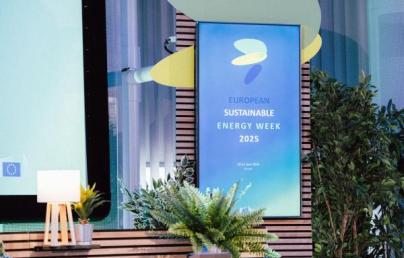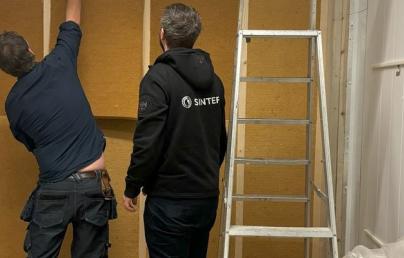
3 rules to make a positive energy building

3 rules to make a positive energy building
How much can an energy positive building produce? How this surplus of energy can support the community? There are three main steps to reach these expectations which allows to more easily reach the energy efficiency and clean energy goals. Read more in the following case study in Norway.
In the face of increasingly alarming predictions regarding the climate crisis, just increasing the efficiency of buildings is no longer enough. Zero energy buildings - or, better yet, energy positive buildings - make it possible to mitigate the negative impacts of the construction industry, which is responsible for 40% of all greenhouse gas emissions. These are buildings capable of producing more energy than they consume through the use of renewable sources. To reach this ambitious goal, it is necessary to follow three main steps:
- Install a renewable power system to provide clean energy;
- Include high efficiency systems, such as climatization equipment and low energy lighting.
- Improve the construction envelope to conserve energy and reduce loads.
Powerhouse Brattørkaia, a project developed by Snøhetta, is the largest positive energy building in Norway. It is set to generate more energy during its operational phase than what is consumed through the production and disposal of its building materials, construction and operation. The positive energy balance it produces can be shared in a micro-grid supply, both for other buildings and the local transportation system. This way, it actively contributes to the functioning of the city.
To achieve this goal, the terrain was carefully chosen to ensure maximum sun exposure throughout the day and seasons. Its shape was also twisted in order to increase the efficiency of sunlight capture, with a distorted pentagonal roof in which the upper part is coated with almost 3,000 m2 of photovoltaic panels that generate 500,000 kWh a year.
However, as previously mentioned, in addition to making the building a "mini power generating plant", it is also essential for it to be efficient in its use. In other words, for it to be able to achieve optimum performance with a minimum of expenses for daily operations. This is done through the maximum use of natural lighting, heat recovery for ventilation and the use of electrical equipment with the greatest possible energy efficiency.
Read the full article here.

